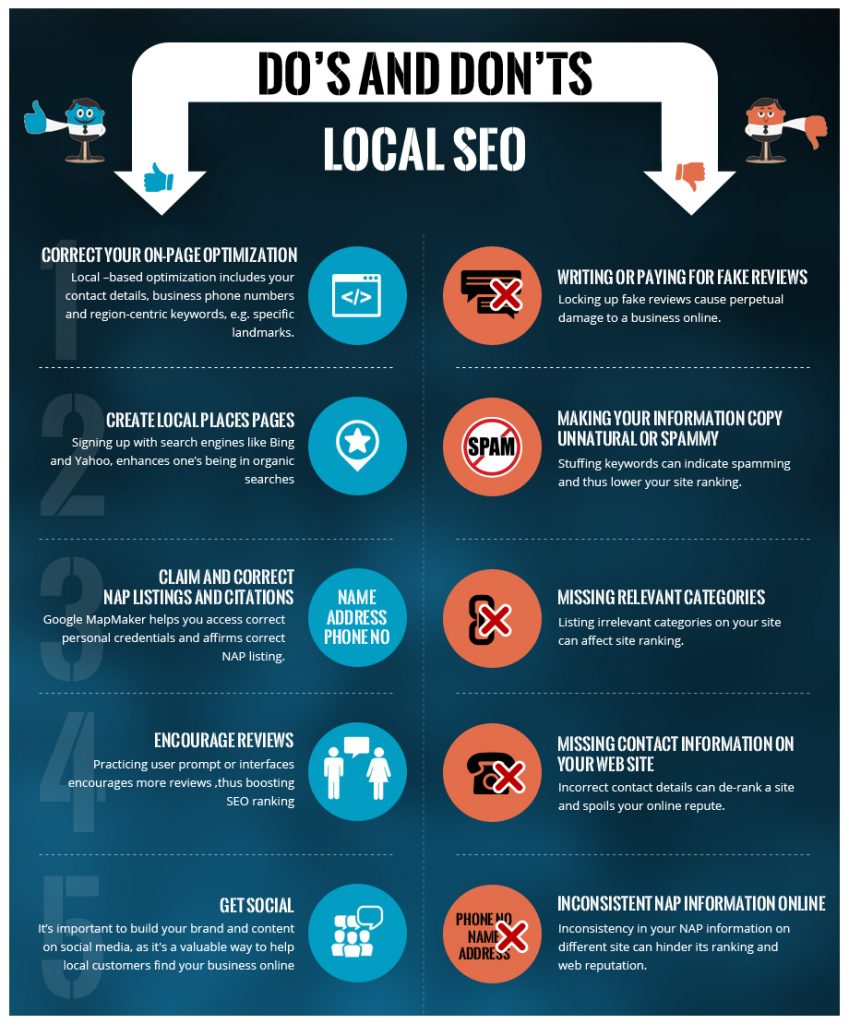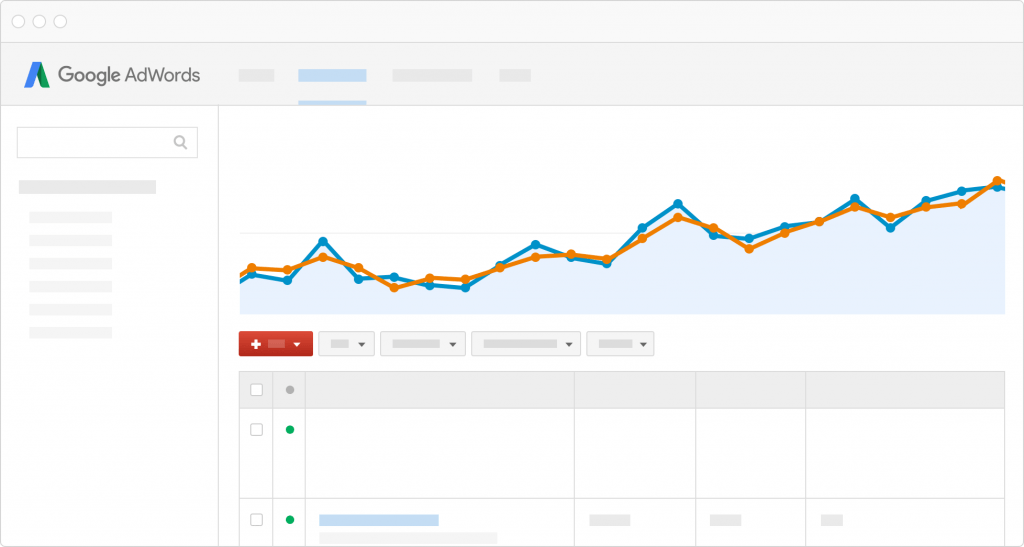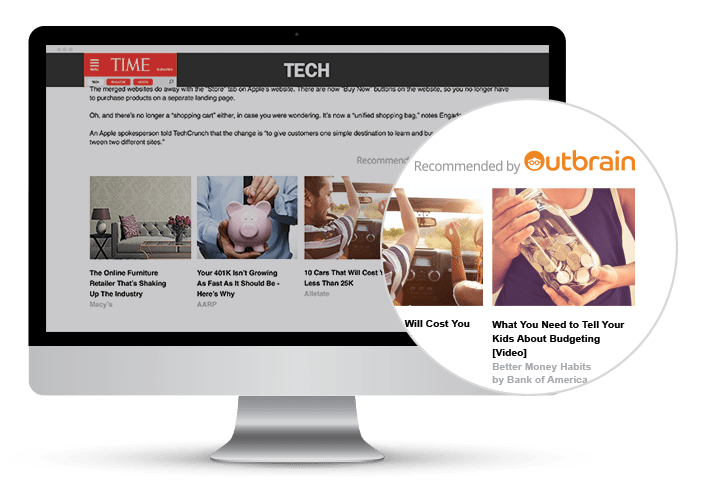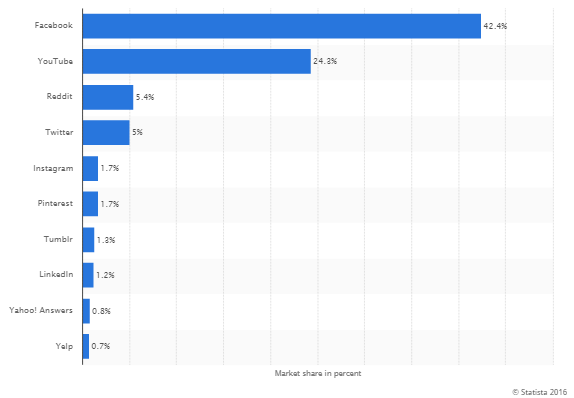Every online merchant has this one burning question: How do I drive more traffic to my site? Because as we all know, the more traffic we have, the more sales converting opportunities we have. Driving traffic smartly, through the right channels, can mean getting 500% on your ROIs.
In the coming weeks we will be doing a series of posts aimed at understanding traffic sources and offering a bunch of tips aimed at helping our merchants choose the right traffic sources and increase traffic through these platforms.
But before we can look at where traffic should come from and how to get more traffic to ensure you’re getting the most bang for your buck, we first need to look at what the leading traffic sources are. To that end, we’ve put together this full guide of leading traffic sources to start us off.
Free Organic Traffic
There are two main sources of free traffic sources. These include Organic SEO and web referrals. Here is a summary of each:
Free Organic SEO Traffic
SEO, or Organic Search Traffic, refers to your site traffic that is generated organically from various searches on various search engines. There are various ways you can boost your organic SEO traffic and improve your page rank. These include incorporating a blog section to your site with high-quality content, optimizing your web page, strategic keyword use, incorporating meta tags and backlinking. Content relevancy plays a big part in improving your organic SEO as well as providing the following benefits:
- Trust building
- Cost-Efficiency
- Better, longer lasting search engine results
- More clicks
Although there are other “black hat” SEO methods, they are not recommended long-term, as ultimately, they will harm your page rank with search engines and have a negative effect on potential buyers.
Free Web Referrals Traffic
Web referrals refers to traffic that comes from inbound links, affiliates and content partners that drive web users to your site. There are many places to generate web referrals from, but the most effective ways to increase referral traffic is from three main referral sources. These include:
News Aggregator Links
News aggregators are platforms that allow users to submit links which other users can upvote. These include sites such as Inbound.org and Reddit. When a link makes it to the top of the page, because of the amounts of upvotes it gets, you are guaranteed a lot of attention and click-throughs.
To get featured on such sites, it’s import to submit awesome content surrounding it. If you’re looking for some tips on how to get more upvotes on Inbound.org and other sites, check out this video from Automated Insights:
Resource Links
To get your site linked on a list of resources is a big web referral win and guaranteed to bring in more traffic. The trick is to create worthy content and then find active, well-maintained pages that you could partner up with. To do this, track down and contact the person who is responsible for their web content and pitch why your resource page link (to relevant blog or web content) would be a good fit.
Links From Reviews
Reviews from outside sites are a good way to generate web referral traffic. If you’re a new eCommerce site without a lot of natural reviews, look for review sites where you could submit to. Offer a free sample product to incentivize the site to review your merchandise.
You might be surprised to learn that links that do not generate huge web referral traffic include article mentions – where people are more unlikely not to leave the article they’re reading, image credit links and blog comment links.
Paid Traffic
Paid traffic refers to traffic-driving platforms and ads which can be broken down into traffic search ads, content marketing or distribution and social media advertising.
Paid Traffic Search
Paid traffic will allow you to boost traffic through a variety of search engines where you can target for your specific needs. Here are the leading sources:
Google AdWords
Google AdWords allows you to publish your site through their affiliate AdSense program and on Google’s search engine. Google AdWords is the most popular online advertising platform that accounts for over 60% of the world’s market share, which is why AdWords is an eCommerce must.
With AdWords, you can run Pay Per Call, CPC (cost per click), banner ads, CPM (cost per mille), CPA (cost per action), rich-media ads and retargeting. Google AdWords has no minimum spend and allows small businesses a lot of advertising flexibility if you know how to work the system.
Bing
The Microsoft version of AdWords Bing Ads and amounts to 33% of all U.S desktop web searches that offers low pay per click rates.
Baidu
With over 70% market share, Baidu is the most highly used search engine in China. This is only recommended if you’re looking to generate traffic from China, as globally they only account for less than 10%. Also, at $2,000/month minimum, it can be costly if you’re not targeting the Asian market.
Yandex
If you’re looking to expand your advertising into Russia, then Yandex is the search engine advertising platform for you. With over 50% market share in Russia, Yandex has a minimum spend of around RUB 300 and gives you access to millions of websites you can advertise on.
7Search
7Search is an independent network that concentrates on niche markets that you may not be able to reach with other leading searches such as Google or Bing.
Whichever you decide to use, your campaigns should be monitored a minimum of three times a day to ensure you are getting the right ROIs and are on targeting track. Alternatively, you can use an app, like our Traffic Booster, which will get you the best results and take the guesswork and hassle out of bringing in traffic.
Paid Content Distribution
Content distribution sites allow you to publish your content under their “related posts” or “sponsored content” section on other high-traffic sites. These allow you to display your eCommerce site blog content and are normally on a cost per click pricing model. These sites include:
- LockerDome
- Revcontent
- Taboola
- Outbrain
- Content.ad
- Nativo
- Adblade
Paid Social Traffic
Social media advertising spend exceeded $23 billion in 2015 and it’s still growing at a rapid rate. You only have to look at the amount of users that leading platforms have to know why: Facebook with 1.7 billion users, Pinterest’s 100 million users and YouTube with over 1 billion users, just to name a few — with Facebook still leading the market share with a whopping 42.4% according to Statista.
Here are the leading social media advertising options for driving traffic to your online store:
Facebook Ads
As mentioned in our 7 Essential Lessons for Profitably Advertising on Facebook post, Facebook ads are the king of all social media advertising options. From its 1 billion daily visitors to its easy targeting options, it’s become a traffic power source. But it’s not just traffic you’re driving with your Facebook ads — it’s community building through growing your Facebook page or store reach.
YouTube Ads
Where better to put your money than the world’s largest video-sharing platform? YouTube marketing incorporates Google AdWords and supports a variety of content and formats. This platform offers a pay per engage pricing model, meaning that you will only be charged if a user engages with your video and watched without skipping in the first 30 seconds.
LinkedIn Ads
LinkedIn has over 400 million users and, like other Social Media platforms, offers targeting advertising options to drive traffic. This platform is better suited for B2B targeting (if you’re an eCommerce site selling to other businesses such as office supplies for example) and offers text ads and sponsored updates where you pay per click.
Twitter Ads
From promoted tweets, accounts and trends, Twitter for business offers targeted advertising to their 300 million active users.
Instagram Ads
Instagram can drive sales like nothing else. Not surprising when you note that this platform has over 400 million monthly users. Business Instagram allows you to do sponsored posts in the form of photo, video and carousel ads on the biggest photo-sharing platform.
Pinterest Ads
Promoted Pins, or Pinterest ads, are proving highly effective for small business marketing in the US.
Other social platforms that offer targeted advertising to drive traffic include Tumblr, Stumbleupon and Reddit.
Other social platforms that offer targeted advertising to drive traffic include Tumblr, Stumbleupon and Reddit.
Direct Traffic
Direct traffic refers to traffic generated through no third party sources and is the result of someone inputting your web address into their browser. This means it’s a direct result of word-of-mouth and all that branding you’ve been working on.
Email Marketing Traffic
Email marketing is a great way to drive traffic to your site. The most important step to improve traffic via email marketing is to grow your email list database which can be done with apps such as Coupon Pop. Looking for inspiration? These 6 Lessons From Best Email Marketing Campaigns will jumpstart your email marketing traffic.
Display Advertising Traffic
Display advertising refers to web display adverts in text, image, video and audio format and can be used to drive traffic to your site. These can be either CPC (pay per click) or CPM (pay per view) and offer lower CPC than that of paid search traffic. There are a variety of display advertising options. These include the following: Google Display Network, BuySellAds, Adcash Admedia, Clicksor, Propeller Ads, Infolinks, Yes Advertising and Propel Media.
There you have it! The tip of the leading traffic sources iceberg. Stay tuned as we navigate further into boosting your online store traffic in the coming weeks. To see our content first, follow us on Facebook.
And remember, if you’re looking to make sense of where your traffic is coming from in order to improve your ROIs, try our free traffic tracker to make assessing Google analytics quick and easy.

Nicole is a content writer with over sixteen years experience and flair for storytelling. She runs on a healthy dose of caffeine and enthusiasm. When she's not researching the next content trend or creating business content strategies, she's an avid beachgoer, coffee shop junkie and hangs out on LinkedIn.
Recommended articles
 Facebook Ads for eCommerce: 16 Strategies, Examples & Tips
Facebook Ads for eCommerce: 16 Strategies, Examples & Tips
 How to Build a Winning eCommerce Ads Strategy
How to Build a Winning eCommerce Ads Strategy
 Google Ads for eCommerce: Everything You Need to Know
Google Ads for eCommerce: Everything You Need to Know
 10X Your Traffic with PPC Management Software
10X Your Traffic with PPC Management Software
Comments
Powered by Facebook Comments






